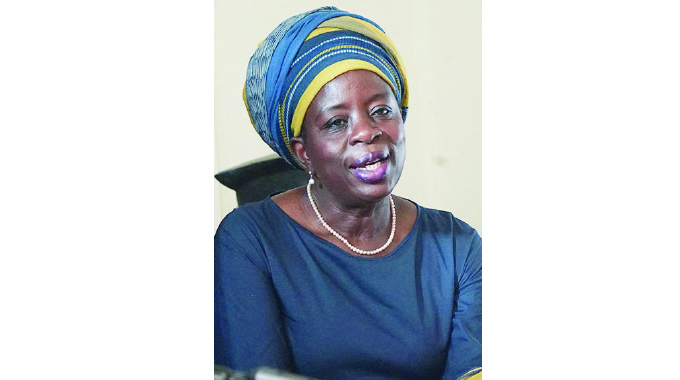SADC builds Africa trade pact momentum

Caroline Moyo
Excitement over projected intra-Africa trade growth swelled last week, as SADC governments, experts and a regional lender rallied industrialists to scale up business under the African Continental Free Trade Area (AfCFTA).
The AfCFTA became operational on January 1, 2021, becoming the world’s largest trading bloc in terms of participating countries. The bloc has a market potential of 1,2 billion people and an aggregate GDP of about US$2,5 trillion, according to African Development Bank (AfDB) data.
Until now, the 54 countries that form the bloc only traded in 15 to 18 percent of goods originating between themselves. Batswana authorities projected significant industrial growth as Africa undoes gridlocks to intra-regional trade.
“For this trade to prosper there will be a need for the development and indeed utilisation of enabling infrastructures such as roads, rail, and inland bridges.
On the side of trade in services opportunities are abound in financial or non-banking services like insurance and micro-lending, energy sector and transportation,” said Mr Phazha Butale, chief negotiator in Botswana’s Ministry of Investment Trade and Industry.

President Mokgweetsi Masisi
President Mokgweetsi Masisi signed the agreement on February 10, 2019 thereby reaffirming his government’s commitment towards economic growth and diversification.
Mr Butale said with the implementation of the agreement, local importers would have access to cheap inputs in the form of raw materials which they could use to add value and export finished products to the African continent.
Namibia exports to Africa declined by 13 percent in 2020, but hopes remain that AfCFTA will see the country improving exports.
“As such, AfCFTA provides Namibia with an opportunity to widen its market share for both imports and exports,” said daily newspaper New Era.
In South Africa, President Cyril Ramaphosa has described AfCFTA as “the greatest step towards continental unity since the founding of the Organisation of African Unit”. Zimbabwe’s Industry and commerce minister, Dr Sekai Nzenza told industrialists to brace for better trade and investment opportunities as the region throws away trade barriers to 90 percent of goods originating from member States.

President Cyril Ramaphosa
“Government signed and ratified the AfCFTA agreement which entered into force on 01 January 2021,” Minister Nzenza told industrialists.
“This has created an open market worth US$1,35 billion in Africa… allowing duty free access of goods and services. The implications of the market liberalisation is an increased opportunity to access a bigger market.
“However, local players should also gear up and match increased competition from other countries. Zimbabwe is already implementing the trade protocols under Comesa and SADC and this has been promoting duty free access of goods originating from within the region, hence, offering an advantage to the industry and commerce.”
Dr Nzenza’s confidence was boosted by data from the Confederation of Zimbabwe Industries, which showed significant resilience by Harare’s manufacturing sector in 2020, even as the Covid-19 pandemic triggered damaging lockdowns.
In its report on Southern Africa, the AfDB said intra-Africa trade was poised to rise.
“The agreement is hinged on trade liberalisation, through both tariff and non-tariff barrier reduction as a means to drastically increase intra-continental trade, and ensuring that this will be beneficial for all,” the lender said.
“The United Nations Economic Commission for Africa has predicted that the AfCFTA will raise intra-African trade by 15-25 percent, or US$50 billion to US$70 billion, by 2040, compared to an Africa without the AfCFTA,” the report said.
“AfCFTA is projected to provide in the medium- and long-term opportunities for markets to spur economic growth. The intra-African market is expected to mitigate some of the negative effects of Covid-19.” – The Southern Times












Comments